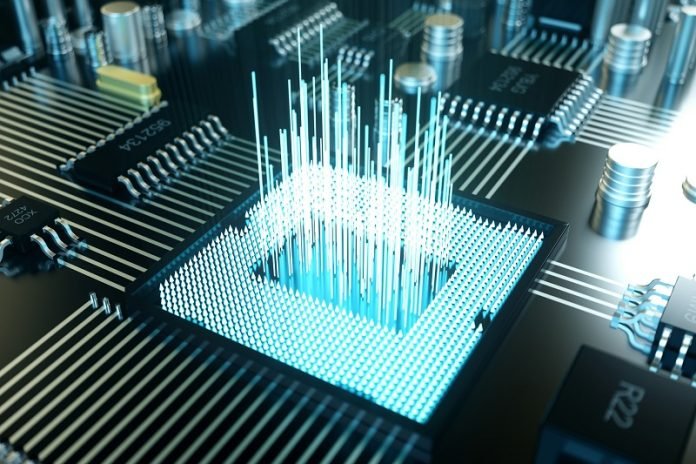
In the rapidly evolving world of technology, where computers are tackling more complex tasks like drug discovery and AI training, the need for better computer memory is more crucial than ever.
Researchers at Stanford University have made a significant breakthrough, developing a new type of memory that could revolutionize how computers process and store data.
This new development, detailed in Nature Communications, centers around a technology called phase-change memory.
Phase-change memory works by switching between states of high and low resistance, which represent the ones and zeroes of computer data.
The Stanford team’s innovation is not just a small step forward; it’s a giant leap in several critical areas: speed, energy efficiency, stability, and longevity.
Eric Pop, a professor at Stanford, explains that their approach improves multiple aspects of memory performance simultaneously.
He believes it’s a move towards what’s known as “universal memory” – a type of memory that can handle both fast processing and long-term storage efficiently.
Today’s computers have two main types of memory. There’s volatile memory, which is quick but loses data when the power is off, and nonvolatile memory, which is slower but retains data without power. The need to transfer data between these two slows down computers and uses extra energy.
Xiangjin Wu, a doctoral candidate involved in the research, points out that their new memory type could bring processing and storage closer together, or even combine them. This would save both energy and time, making computers more efficient.
The team’s phase-change memory is based on a special alloy called GST467, developed by collaborators at the University of Maryland. This alloy is the key to the new memory’s capabilities. When integrated into a superlattice (a layered structure), GST467 enables the memory to switch quickly between states, use low energy, and remain stable and reliable for over a decade.
Asir Intisar Khan, another key researcher, highlights that the composition of GST467 gives it a fast switching speed. When used in tiny, nanoscale devices, it achieves great performance with low energy, good endurance, and stability.
The GST467 superlattice memory has several advantages. It’s extremely stable, with little risk of data ‘drifting’ over time.
It operates under 1 volt, meeting the criteria for low-power technology, and is faster than typical solid-state drives. While other nonvolatile memories may be slightly quicker, they often require higher voltage or more power.
Another notable feature of this memory is its compact size. The memory cells are just 40 nanometers in diameter – smaller than half the size of a coronavirus particle.
This isn’t as dense as possible, but the researchers are looking into stacking the memory in vertical layers to increase density. This is feasible thanks to the superlattice’s low fabrication temperature and the manufacturing techniques used.
Eric Pop is optimistic about the future of this technology. He envisions the possibility of stacking thousands of memory layers to boost storage capacity.
This new phase-change memory from Stanford not only sets a new standard for computer memory but also opens the door to the next generation of computing technologies.
Source: Stanford.



